

Tetra Pak China is the first in the industry to release carbon neutral targets and actions, pledging to achieve carbon neutrality in its own operations by 2030 and the entire value chain by 2050. The formulation and implementation of this goal and its action plan mark a new stage in Tetra Pak China's sustainable development practice.
"Transforming for Sustainability" is one of the four strategic pillars of Tetra Pak's global business development, guiding Tetra Pak's sustainability practices around the world. Rooted in China for more than 40 years, Tetra Pak has been continuously investing in and practicing sustainable development transformation in China, and has achieved remarkable results in deploying sustainable packaging and processing solutions, promoting the utilization of beverage paper-based packaging resources, and constantly creating sustainable value for customers, industry and society.
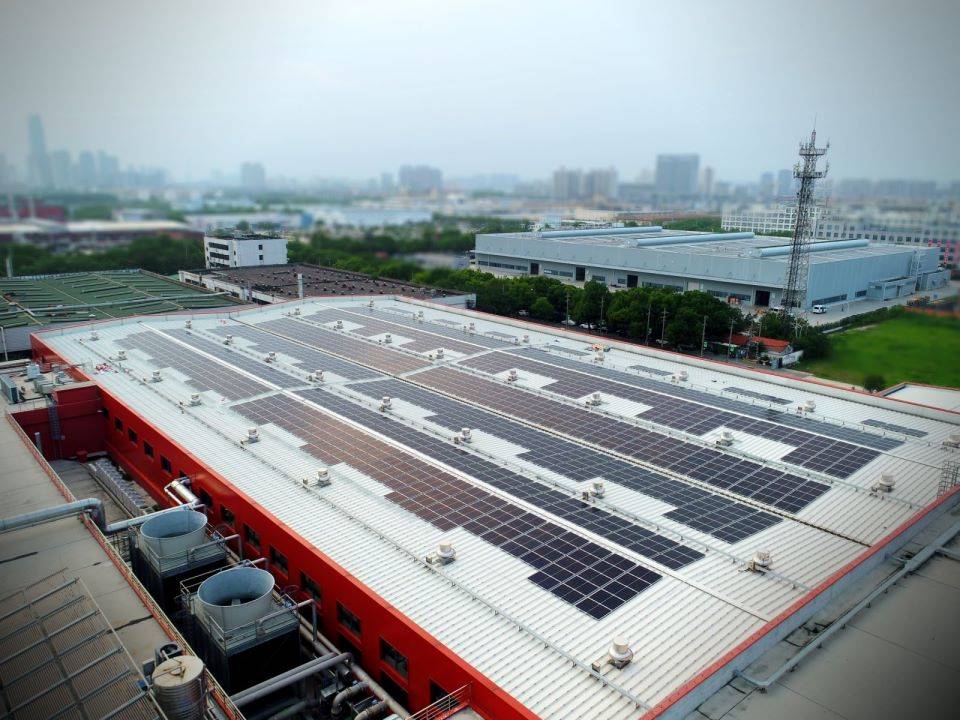
Tetra Pak
factory obtains green electricity for production through rooftop solar
photovoltaic power generation. (File photo)
Mu
Xiaoyan, Vice President of corporate Communications for Greater China of Tetra
Pak, said: "Thanks to our unswerving global strategy and long-term
practical experience, Tetra Pak China took immediate action after the Chinese
government proposed the dual carbon target, taking the lead in the food
processing and packaging industry to formulate carbon neutral targets and
action plans, not only focusing on its own operations, but also to promote
carbon neutrality throughout the value chain."
Reducing
consumption and increasing efficiency is one of the important measures taken by
Tetra Pak to achieve carbon neutrality in its operations. By the end of this
year, all Tetra Pak factories in mainland China will have completed the
deployment of an intelligent energy management platform to more accurately
reduce total energy consumption and improve energy efficiency. At the same
time, all Tetra Pak factories in China adopt the world-renowned
"world-class Manufacturing" management system to continuously improve
production and operation performance, continuously increase production
efficiency and reduce energy consumption. Since the introduction of the
management system in 1999, all Tetra Pak packaging materials factories in
mainland China have been awarded world-class manufacturing awards by
authoritative evaluation institutions, among which Tetra Pak Hohhot factory has
been awarded the first TPM world-class award.
In
addition, Tetra Pak will actively promote the use of renewable energy through
the application of green electricity and the installation of solar photovoltaic
power generation devices, further implement the concept of sustainable
development in the construction of offices and factories, and promote green
building design and certification. We are making steady progress towards achieving
the first carbon neutral base by 2025 and the second carbon neutral base by
2028.
According
to Tetra Pak's global business statistics, Tetra Pak's own operations account
for only 1% of the total value chain greenhouse gas emissions. Therefore, as a
responsible company, Tetra Pak, while focusing on its own operational emission
reduction, also continues to focus on the following four important aspects to
lead the whole value chain emission reduction
Implement
responsible sourcing and innovative packaging for a green and low-carbon
transition: Currently, 100% of Tetra Pak's cardboard purchases in mainland
China come from sustainably managed forests or other controlled sources
certified by the International Forest Stewardship Council. In addition, Tetra
Pak is also committed to increasing the proportion of renewable ingredients in
packaging raw materials. Globally, Tetra Pak will spend about €100m a year over
the next five to 10 years on developing more sustainable packaging solutions.
In China, we will continue to innovate with our customers to more widely use
low-carbon packaging solutions including plant-based dream covers and wood
cladding.
Drive the
green upgrade of solutions and technical services to reduce the carbon
footprint of customers' operations: With the green upgrade of production line
solutions and technical services, since 2016, Tetra Pak has promoted more than
120 energy saving and emission reduction improvement projects in mainland
China, and proposed more than 1,000 equipment upgrading programs, effectively
helping customers reduce carbon emissions from their production operations. Our
goal is to reduce carbon emissions by 50% by 2030 compared to 2019 with the
best processing line solution, as well as reducing water consumption and waste
by 50%.
Promote
the utilization of packaging resources and improve the recycling and
utilization value chain: beverage paper-based packaging can be recycled and
recycled. In 2021, the total amount of recycling and utilization in mainland
China is about 161,000 tons. We will continue to cooperate with the government,
schools, recycling and recycling enterprises to develop new recycling channels,
and continue to cooperate with the industry to fulfill the extended
responsibility of producers, and strive to achieve the target of 40%
utilization rate of beverage paper-based packaging by 2025.
Provide more green choices and advocate low-carbon consumption concept: Tetra Pak China has been cooperating with a number of public welfare organizations for a long time to carry out publicity and education activities to enhance consumers' awareness of the value of beverage paper-based packaging recycling. In the future, Tetra Pak will continue to deepen innovation cooperation with value chain partners, transfer green consumption concept from more dimensions, and advocate green and low-carbon lifestyle.
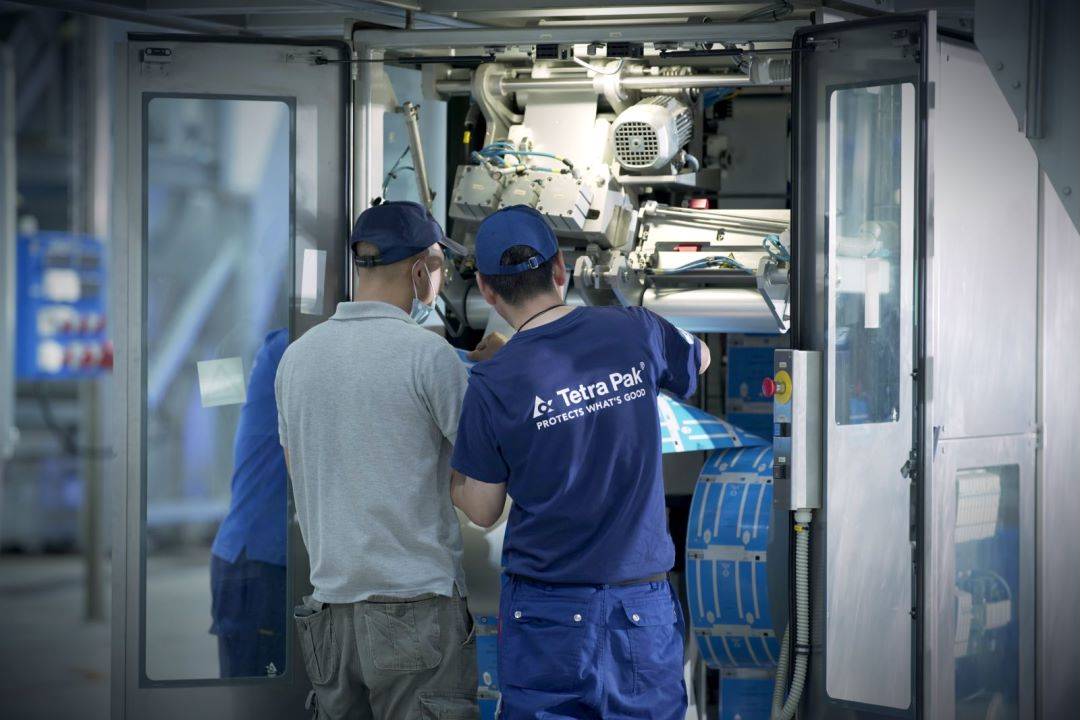
Tetra Pak technicians provide low carbon operation solutions for customers' production systems. (File photo)
"We believe that the whole value chain collaboration not only can drive industry ecological green development, will also set up the concept of green consumption effectively, promote the development of green low carbon cycle of China's social economic system set up a sound", Tetra Pak China chief Zhu Yidong said: "we have put forward the tetra carbon neutral target and action is in China, is also a solemn promise. We look forward to working with all partners to contribute our share to the realization of China's dual carbon goals and build a green and low-carbon sustainable future."
In addition to the Tetra Pak China carbon neutral target and action report, tetra synchronization also released the 2022 sustainable development report (essence) ", to share in the past year in "protect the quality" brand promise of three pillars - food, protect human and protect the earth, in action on future goals and plans, as well as the sustainable development of the practice in China.
利乐中国日前在行业内率先发布碳中和目标与行动,承诺将在2030年实现自身运营碳中和,并在2050年实现全价值链碳中和。这一目标及其行动计划的制定与执行标志着利乐中国在可持续发展实践方面迈入新的阶段。
“推动可持续发展转型”是利乐全球业务发展四大战略支柱之一,指引着利乐在全球各地的可持续发展实践。植根中国四十多年来,利乐在中国持续投入和长期实践可持续发展转型,并在部署可持续的包装和加工解决方案、推动饮料纸基包装资源化利用等各方面取得了显著的成果,不断为客户、行业和社会创造可持续价值。
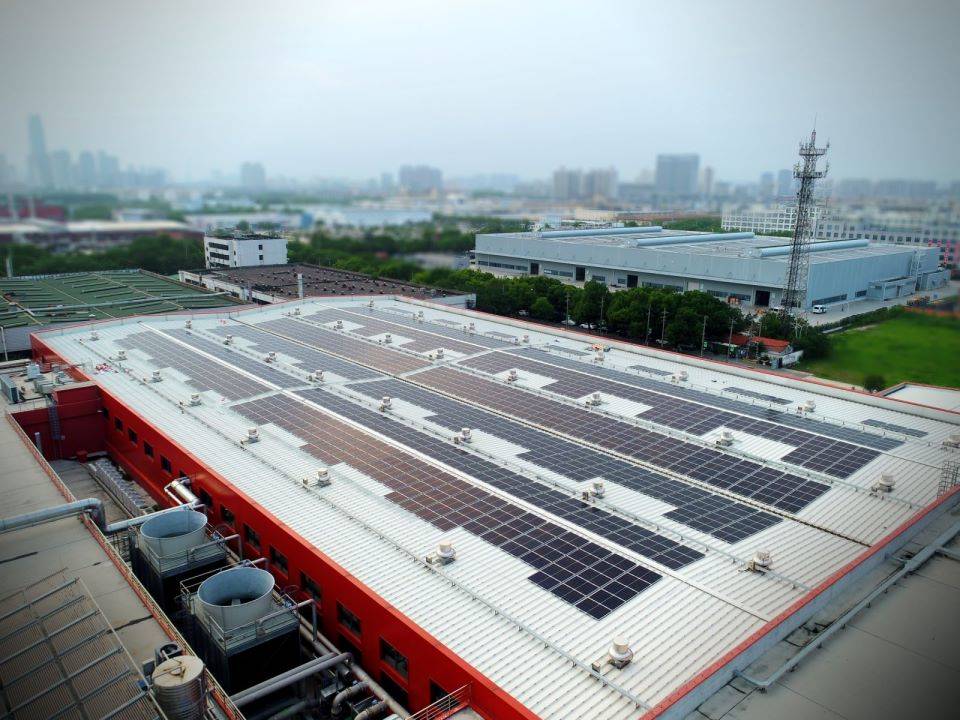
↑图为利乐工厂通过屋顶太阳能光伏发电获得生产用绿电。(资料图片)
利乐公司大中华区企业传播副总裁牟晓燕说到:“得益于坚定不移的全球战略和长期实践的经验积累,在中国政府提出双碳目标之后,利乐中国立即采取行动,在食品加工和包装行业率先制定了碳中和目标及行动计划,不仅关注自身运营,更全力推进整个价值链的碳中和。”
降耗增效是利乐为达成自身运营碳中和所采取的重要举措之一。至今年年底,利乐中国大陆地区所有工厂都将完成智能化能源管理平台的部署,以便更加精准地降低能源消费总量,提高能源使用效率。同时,利乐中国所有工厂都采用全球知名的“世界级制造”管理体系,以持续改进生产运营绩效,不断提升生产效率、降低能耗。自1999年引入该管理体系以来,利乐中国大陆地区所有包材工厂都已先后获得了由权威评估机构颁发的世界级制造奖项,其中利乐呼和浩特工厂更是荣膺中国首个TPM最高级别的世界级奖。
除此之外,利乐还将通过应用绿色电力和安装太阳能光伏发电装置等措施积极推广使用可再生能源,并在办公室和工厂建设中进一步落实可持续发展理念,推行绿色建筑设计和认证工作,多措并举,稳步向2025年实现首个碳中和基地、2028年实现第二个碳中和基地的阶段性目标迈进。
根据利乐公司对全球业务的统计,利乐自身运营所产生的温室气体仅占全价值链温室气体排放总量的1%。因此,作为一家负责任的企业,利乐在注重自身运营减排的同时,还持续关注以下四个重要方面,着力引领全价值链减排——
实施负责任的采购,并创新包装的绿色低碳转型:目前,利乐中国大陆地区采购的纸板已100%来自国际森林管理委员会认证的可持续管理的森林或其他受控来源。此外,利乐还致力于增加可再生成分在包装原材料中的占比。在全球,利乐将在未来5到10年每年投入约1亿欧元用于研发更具可持续性的包装解决方案。在中国,我们将继续与客户共同创新,更广泛地应用包括植物基梦幻盖与如木包材在内的低碳包装解决方案。
推动解决方案与技术服务绿色升级,减少客户运营碳足迹:凭借对生产线解决方案与技术服务的绿色升级,自2016年以来,利乐已在中国大陆地区推进了超过120个节能减排改进项目,提出设备升级改造方案累计超过1,000个,有效帮助客户减少其生产运营的碳排放。我们的目标是到2030年,最佳加工生产线解决方案相比2019年将碳排放下降50%,同时水耗、废弃物也全都下降50%。
促进包装资源化利用,完善回收利用价值链:饮料纸基包装可以进行回收再生利用,2021年中国大陆地区的回收利用总量约16.1万吨。我们将持续与政府、学校、回收和再生利用企业等通力合作,拓展新的回收渠道,并继续联合行业,共同履行生产者延伸责任,力争到2025年达成饮料纸基包装资源化利用率40%的目标。
提供更多绿色选择,倡导低碳消费理念:利乐中国与多家公益组织长期合作开展宣传教育活动,提升消费者对饮料纸基包装再生利用价值的认知。未来,利乐将不断加深与价值链伙伴的创新合作,从更多维度传递绿色消费理念,倡导绿色低碳的生活方式。

↑图为利乐技术人员为客户生产系统提供低碳运行解决方案。(资料图片)
“我们深信,全价值链协作不仅可以驱动行业生态的绿色发展,还将有效地树立绿色消费理念,推动中国社会的绿色低碳循环发展经济体系的建立健全”,利乐大中华区总裁朱屹东表示:“我们提出的利乐中国碳中和目标及行动既是目标,也是郑重的承诺。我们期待携手各方合作伙伴,为中国双碳目标的实现贡献自己的力量,共建绿色低碳的可持续未来。”
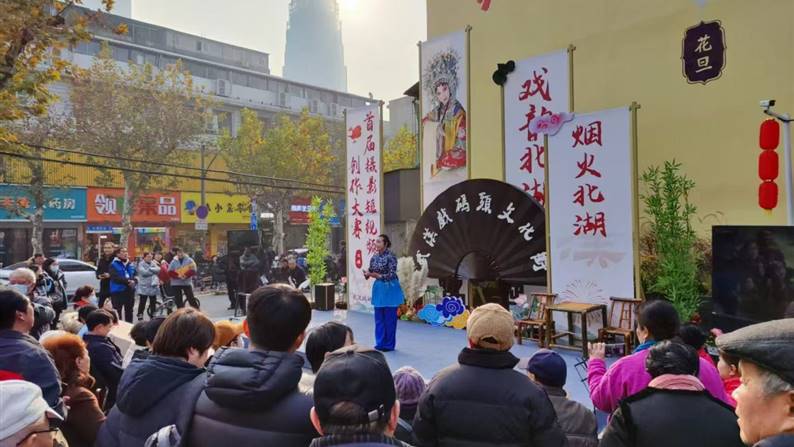
打造绿色低碳街区,奏响幸福美好生活最强音
10-18 · 来源:湖北省武汉市江汉区北湖街道环保社区 · 作者:湖北省武汉市江汉区北湖街道环保社区
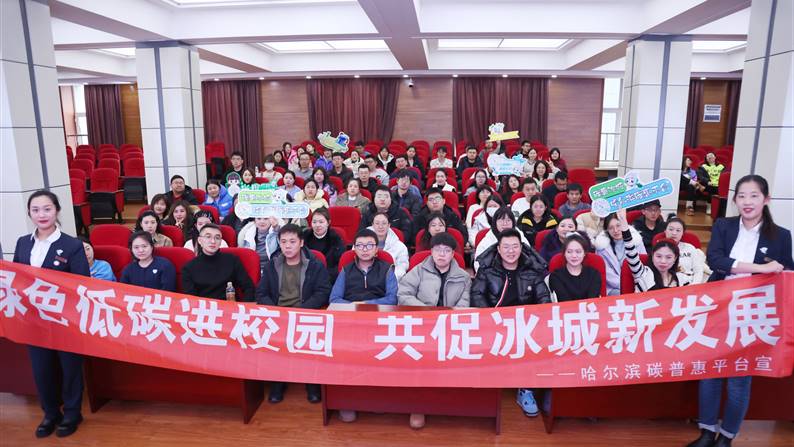
“碳惠冰城”:东北首个市级平台的“双碳”实践与冰城示范
10-15 · 来源:哈尔滨产权交易所有限责任公司 · 作者:哈尔滨产权交易所有限责任公司
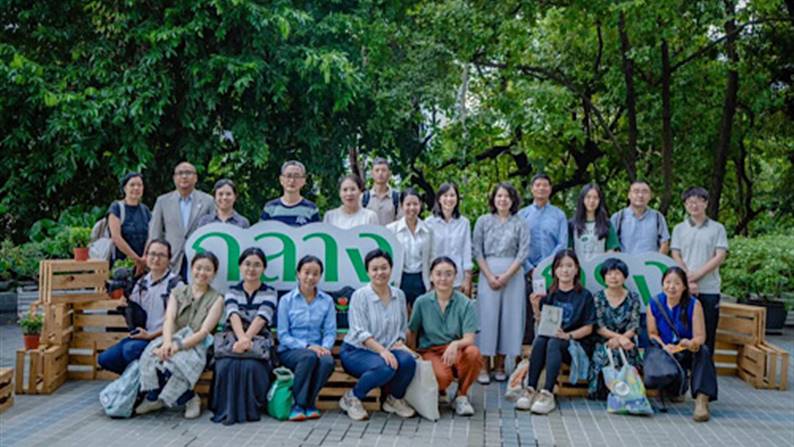
亚洲气候治理新篇章:中国公益代表团参访曼谷气候周,探索跨区域合作新路径
10-10 · 来源:公益时报 · 作者:公益时报